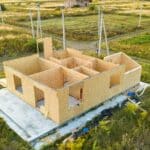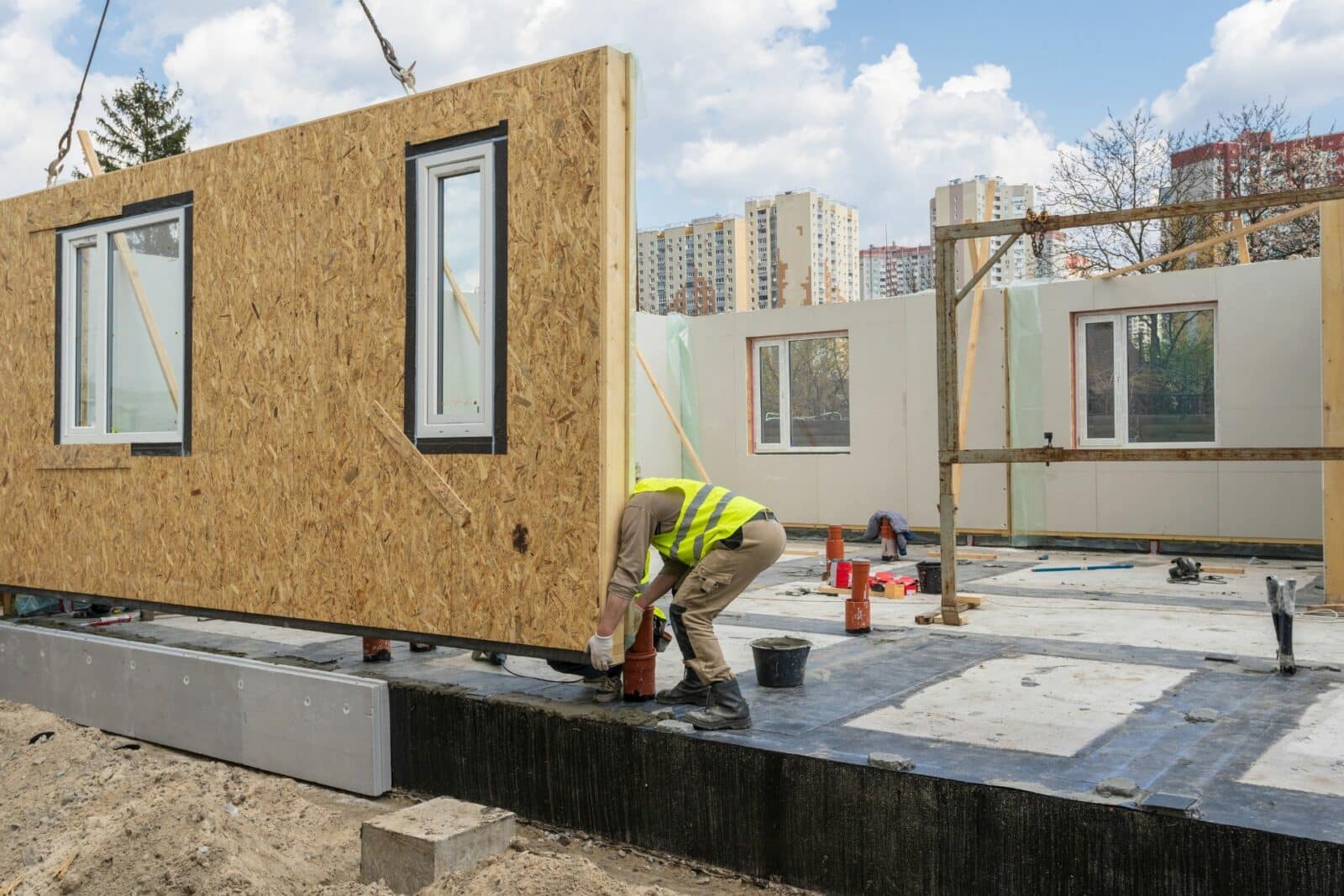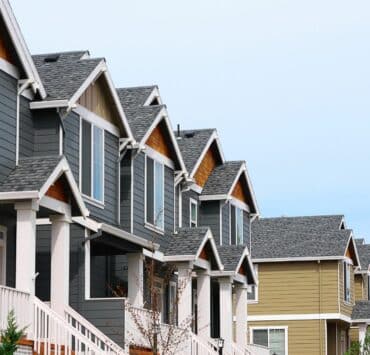Sweden modular construction is setting a new standard in the building industry, offering innovative solutions to the global housing crisis. This approach, which emphasizes efficiency and sustainability, has been instrumental in addressing housing shortages and providing affordable homes quickly and effectively.
/https%3A%2F%2Flindbacks.se%2Fwp-content%2Fuploads%2F2022%2F10%2FLoussavaara3_Kiruna_2021_05.jpg)
The Genesis of Sweden Modular Construction
The concept of modular construction isn’t new, but Sweden has perfected it. The idea originated in the mid-20th century in Europe, where prefab complexes were built to address post-war housing shortages. Sweden adopted and refined this method, leading to a significant portion of their construction being industrialized. Today, Sweden modular construction accounts for approximately 45% of all new buildings, showcasing the country’s commitment to efficient building practices.
/https%3A%2F%2Flindbacks.se%2Fwp-content%2Fuploads%2F2022%2F10%2FSuperfabriken_20180202_Foto_Maria_Faldt_09_webb.jpg)
The Lindbäcks Model: Efficiency at Its Best
A prime example of Sweden’s success in modular construction is Lindbäcks, a family-owned company located near the Arctic Circle. Lindbäcks operates a state-of-the-art factory where one unit of volumetric housing is completed every 30 minutes. This process is reminiscent of automotive manufacturing, focusing on precision and speed.
At Lindbäcks, everything revolves around a main conveyor belt, where different subassemblies feed into the primary line to form complete modules. This system not only speeds up construction but also ensures high-quality outcomes. The factory’s layout and processes have been inspired by visits to automotive and paper plants, borrowing the best practices from these industries to enhance their operations.

Regulatory Differences: A Key to Success
One of the critical factors in the success of Sweden modular construction is the country’s regulatory framework. Unlike the United States, where building codes are prescriptive and detailed, Sweden employs performance-based codes. These codes set goals for safety and performance, allowing builders the flexibility to determine how to achieve them. This approach not only encourages innovation but also reduces waste and increases efficiency.
For instance, in Sweden, a wall must meet specific fire resistance criteria, but how this is achieved is up to the builder. This regulatory flexibility contrasts sharply with the U.S., where detailed specifications can slow down the construction process and increase costs.

Economic and Environmental Benefits
The benefits of Sweden modular construction extend beyond speed and efficiency. Factory-built homes reduce on-site waste and allow for better quality control. While the initial costs might be comparable to traditional building methods, the long-term savings are significant. These savings come from reduced construction time, minimized delays, and fewer changes during the building process.
Moreover, modular construction in Sweden often uses sustainable materials, further reducing the environmental impact. Builders like Lindbäcks prioritize solutions that balance cost with quality, ensuring that the homes are not only affordable but also durable and eco-friendly.

The Future of Housing
Sweden modular construction exemplifies how innovative building practices can address global housing challenges. By focusing on efficiency, regulatory flexibility, and sustainability, Sweden has created a model that other countries can emulate. As the demand for affordable housing continues to rise, modular construction offers a viable solution that balances quality with speed.
/https%3A%2F%2Flindbacks.se%2Fwp-content%2Fuploads%2F2023%2F01%2FKullsta_5K_A07_liten.jpg)
The success of Sweden modular construction highlights the importance of embracing new building technologies and regulatory approaches. As countries worldwide grapple with housing shortages, Sweden’s model provides a blueprint for efficient and sustainable construction.
Related posts:
 Affordable Rental Provider Repays $710K to Arlington County
Affordable Rental Provider Repays $710K to Arlington County
 Decline in Home Prices: Anticipating a Shift in 2024
Decline in Home Prices: Anticipating a Shift in 2024
 Maryland Governor Legislative Agenda: Military Families, Housing, and Public Safety in 2024
Maryland Governor Legislative Agenda: Military Families, Housing, and Public Safety in 2024
 Nashville’s Zoning Bills for Middle-Income Housing Spark Contentious Debate
Nashville’s Zoning Bills for Middle-Income Housing Spark Contentious Debate
 Tampa Affordable Housing Initiative Breaks Ground on New 188-Unit Building
Tampa Affordable Housing Initiative Breaks Ground on New 188-Unit Building




